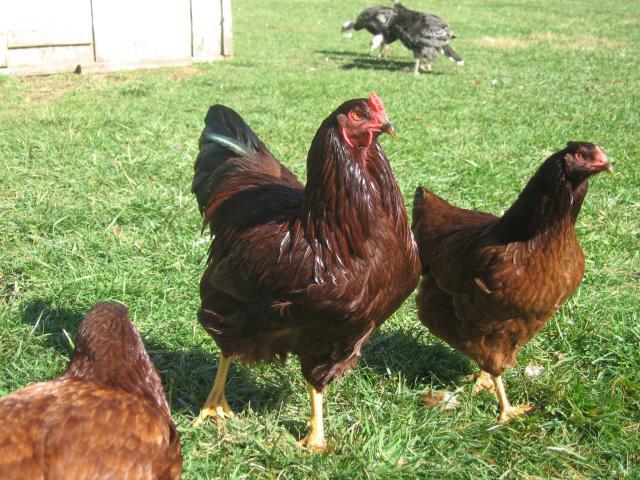I thought I would start a thread here about Buckeyes (so I can get them added to the pinned list!)
I am the Secretary/Treasurer and founder (along with my daughter) of the American Buckeye Poultry Club, and am happy to answer any questions I can about these great birds. So if anyone has any questions or comments about the breed (they come in large fowl and bantams), please don't hesitate to ask!
Thanks,
I am the Secretary/Treasurer and founder (along with my daughter) of the American Buckeye Poultry Club, and am happy to answer any questions I can about these great birds. So if anyone has any questions or comments about the breed (they come in large fowl and bantams), please don't hesitate to ask!
Thanks,


